![]()
![]()
![]()
Use LEFT and RIGHT arrow keys to navigate between flashcards;
Use UP and DOWN arrow keys to flip the card;
H to show hint;
A reads text to speech;
24 Cards in this Set
- Front
- Back
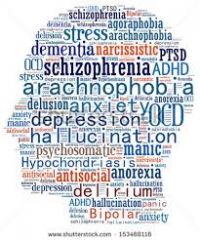
psychological disorder |
deviant,distressful, and dysfunctional behaviorpatterns. KW: dysfunctional Approach: psychoanalytic |
|

attention-deficit hyperactivitydisorder (ADHD) |
a psychological disordermarked by the appearance by age 7of one or more of three key symptoms:extreme inattention, hyperactivity, andimpulsivity. KW: hyperactivity Approach: biological |
|
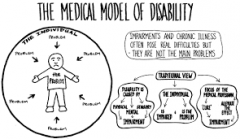
medical model |
the concept that diseases, in this case, psychological disorders, have physical causes that can be diagnosed, treated, and, in most cases, cured, often through treatment in a hospital. KW: treatment, hospital Approach: biological |
|
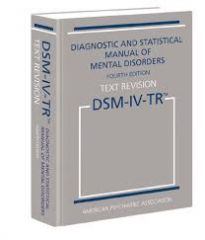
DSM-IV-TR |
the American Psychiatric Association’s Diagnostic and Statistical Manual of Mental Disorders, Fourth Edition, with an updated “text revision”; a widely used system for classifying psychological disorders. KW: classifying psychological disorders Approach: cognitive |
|

anxiety disorders |
psychological disorders characterized by distressing, persistent anxiety or maladaptive behaviors that reduce anxiety. KW: anxiety Approach: psychoanalytic |
|

:generalized anxiety disorder |
an anxiety disorder in which a person is continually tense, apprehensive, and in a state of autonomic nervous system arousal. KW: continually tense Approach: psychoanalytic |
|
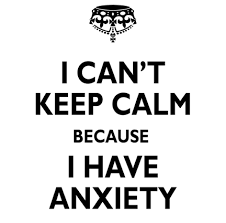
panic disorder |
an anxiety disorder marked by unpredictable minutes-long episodes of intense dread in which a person experiences terror and accompanying chest pain, choking, or other frightening sensations. KW: unpredictable Approach: psychoanalytic |
|

phobia |
an anxiety disorder marked by a persistent, irrational fear and avoidance of a specific object or situation. KW: fear Approach: psychoanalytic |
|
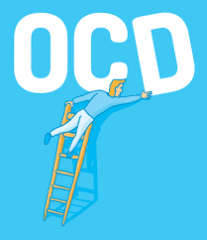
obsessive-compulsive disorder(OCD) |
an anxiety disorder characterized by unwanted repetitive thoughts (obsessions) and/or actions (compulsions). KW: obsessions Approach: psychoanalytic |
|

post-traumatic stress disorder(PTSD) |
an anxiety disorder characterized by haunting memories, nightmares, social withdrawal, jumpy anxiety, and/or insomnia that lingers for four weeks or more after a traumatic experience. KW: nightmares Approach: psychoanalytic |
|

post-traumatic growth |
positive psychological changes as a result of struggling with extremely challenging circumstances and life crises. KW: life crises Approach: psychoanalytic |
|
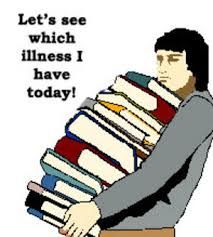
somatoform disorder |
psychological disorder in which the symptoms take a somatic (bodily) form without apparent physical cause. KW: bodily Approach: biological |
|
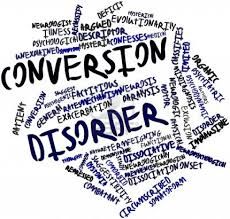
conversion disorder |
a rare somatoform disorder in which a person experiences very specific genuine physical symptoms for which no physiological basis can be found. KW: no physiological basis Approach: cognitive |
|
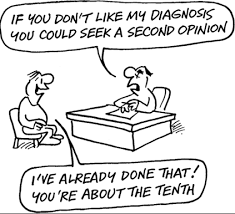
hypochondriasis |
a somatoform disorder in which a person interprets normal physical sensations as symptoms of a disease. KW: symptoms of disease Approach: biological |
|
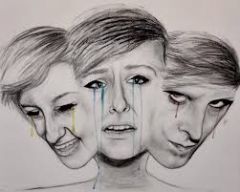
dissociative disorders |
disorders in which conscious awareness becomes separated (dissociated) from previous memories, thoughts, and feelings. KW: separated Approach: psychoanalytic |
|
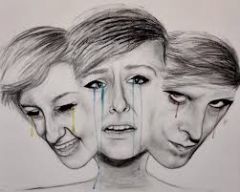
dissociative identity disorder (DID) |
a rare dissociative disorder in which a person exhibits two or more distinct and alternating personalities. Formerly called multiple personality disorder. KW: multiple personality disorder Approach: psychoanalytic |
|

mood disorders |
psychological disorders characterized by emotional extremes. See major depressive disorder, mania, and bipolar disorder. KW: extremes Approach: psychoanalytic |
|
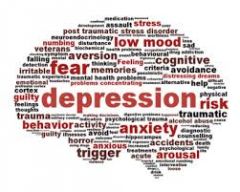
major depressive disorder |
a mood disorder in which a person experiences, in the absence of drugs or a medical condition, two or more weeks of significantly depressed moods, feelings of worthlessness, and diminished interest or pleasure in most activities. KW: absence of drugs Approach: psychoanalytic |
|

mania |
a mood disorder marked by a hyperactive, wildly optimistic state. KW: hyperactive Approach: psychoanalytic |
|

bipolar disorder |
a mood disorder in which the person alternates between the hopelessness and lethargy of depression and the overexcited state of mania. (Formerly called manic-depressive disorder.) KW: depression to mania Approach: psychoanalytic |
|
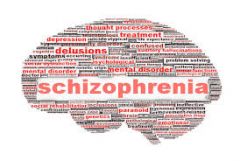
schizophrenia |
a group of severe disorders characterized by disorganized and delusional thinking, disturbed perceptions, and inappropriate emotions and actions. KW: delusional thinking Approach: psychoanalytic |
|

delusions |
false beliefs, often of persecution or grandeur, that may accompany psychotic disorders. KW: false beliefs Approach: psychoanalytic |
|

personality disorders |
psychological disorders characterized by inflexible and enduring behavior patterns that impair social functioning. KW: impair social functioning Approach: psychoanalytic |
|

antisocial personality disorder |
a personality disorder in which the person (usually a man) exhibits a lack of conscience for wrongdoing, even toward friends and family members. May be aggressive and ruthless or a clever con artist. KW: lack of conscience Approach: psychoanalytic |

